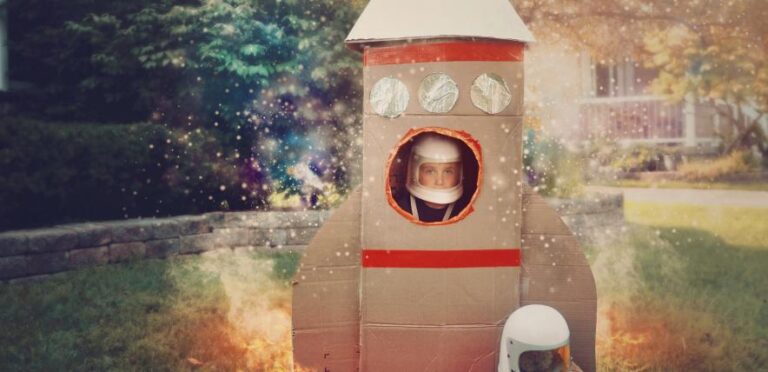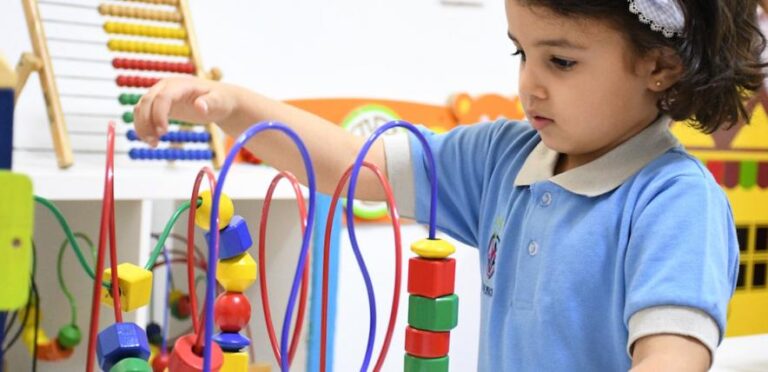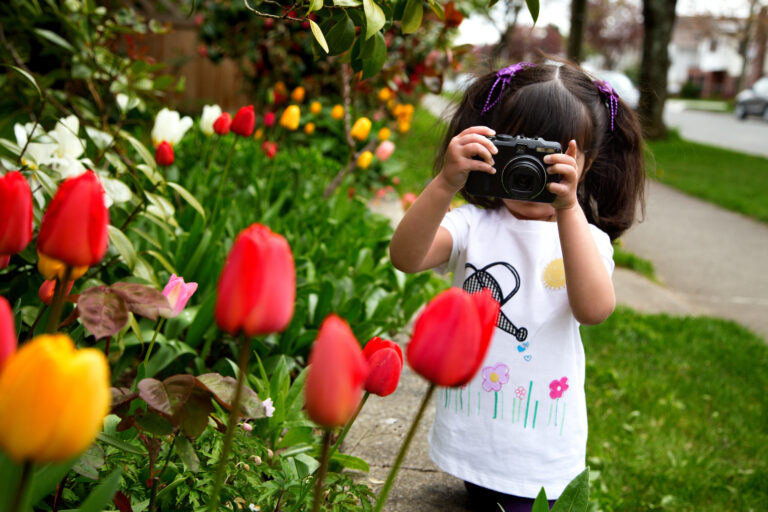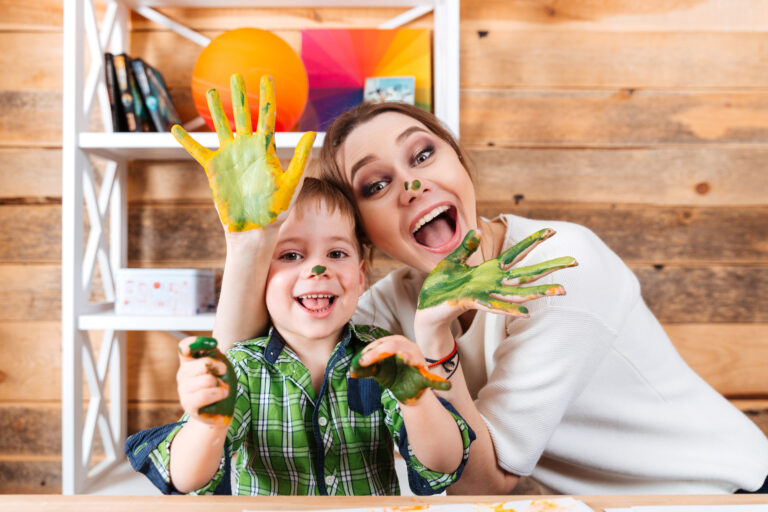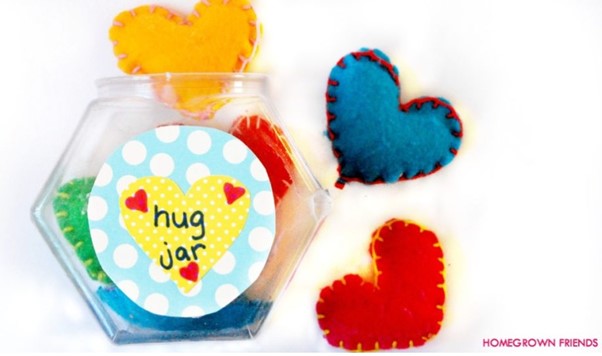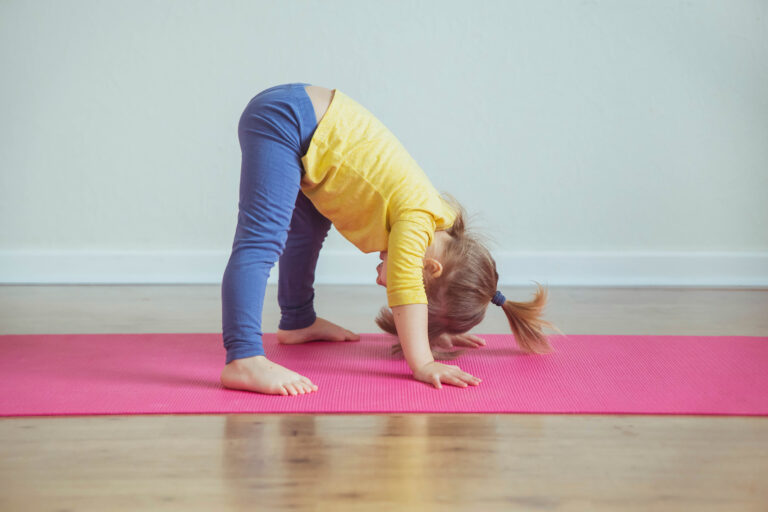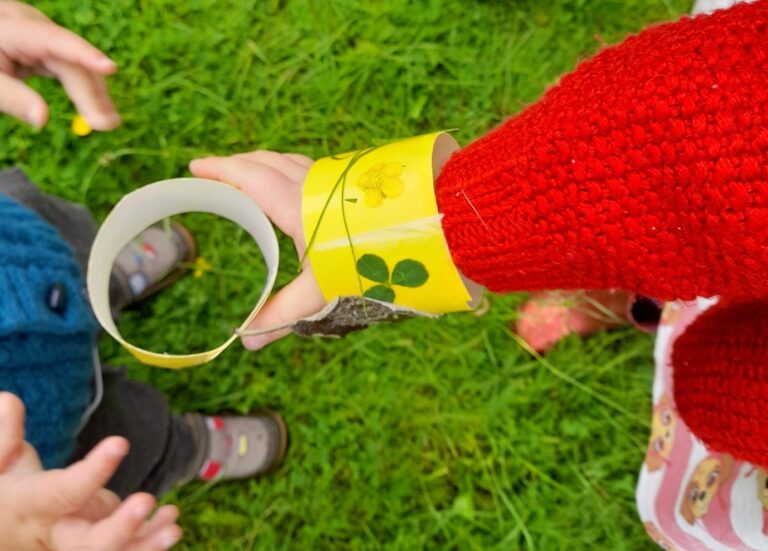Small children are learning all the time, and two of the most important ways that they learn are through playing, and through watching and imitating adult behaviour.
This is why enjoying make-believe games and activities with your pre-schooler is a really important and worthwhile thing to do.
As they grow, children’s imaginations become more and more powerful, and before long your child will be acting out all sorts of complex imaginary battles and adventures with his toys.
You can help this process along by encouraging and joining in with make believe games, introducing the idea that ‘pretending’ can be a fun, exciting way to play.
Understanding symbols
There’s a point during your child’s toddlerhood when they start to understand that they can pretend that a boring thing – say, a cardboard box – is an exciting thing, such as a boat, or a space rocket.
This lays the foundations for understanding that numbers stand for amounts, and letters for sounds, so this kind of play is setting the stage for your child getting to grips with maths and reading later on. And the best part is that you don’t need to buy any new toys: in fact, the more unrealistic the items are, the better for your child’s imagination.
Understanding relationships
When children play with toy animals, dinosaurs or dolls, they often act out things from their own lives. Joining in with these kinds of games can give you the chance to show them how to handle certain situations.
Friendships
Perhaps your Stegosaurus and your child’s T-Rex are charging across the Jurassic landscape – your carpet – together. What if the Stegosaurus hurt himself? What could the T-Rex say or do to make him feel better? And if they come across some yummy food; maybe the Stegosaurus could let the T-Rex taste the food first. These kinds of games show your child how people – or dinosaurs! – care for each other, show sympathy and kindness, and take turns.
Younger children
The first time I picked up a toy monkey and pretended to spoon food into its mouth, my toddler was completely astonished. But as I kept up a commentary about how hungry my baby monkey was, and how much he was enjoying his dinner, he gradually started to understand that this was a new game, and together we tucked monkey up in a shoebox bed, cosy underneath a tea towel. This kind of play is ideal for preparing a toddler for the things you might be doing if there is a new baby on the way, but it’s valuable as a way to demonstrate how to be gentle and caring with any younger children your child might come across at toddler groups or friends’ homes.
Learning how the world works
Make believe games are a brilliant way to prepare your child for situations they might meet as they go through their lives.
Great ideas include:
Shops
You don’t need any special equipment; small toys or pieces of fruit to be bought and sold, and a pile of copper coins is plenty of money. Take it in turns to be shopkeeper and customer, and your child will start to understand how we decide what we want or need in a shop, how money is exchanged, and why the shopkeeper might give us change.
Doctors or dentists
These people might seem intimidating to a young child, so games where you take it in turns to give medicine to each other, take each other’s temperature or check your teeth are great preparation for handling these situations in real life.
Being someone else for a day
Children love to dress up, but they don’t just wear the clothes – they try out a whole new personality, too, when they put on an Elsa dress or a Batman suit. This kind of fantasy play gives your child the chance to find out how it feels to be invincible, and can help them develop self-confidence and a sense of the kind of person they want to be as they grow.
Understanding gender roles
The world has moved on from the days when only women cooked or pushed babies in prams, but it sometimes seems that toy designers are a bit slow in catching on to all this social progress.
As a result, you’ll often find toy kitchens, pushchairs and baby dolls only available in the traditional girl colours of pink and pastels, while drills and construction toys are restricted to the ‘boys’ section of shops and catalogues.
But little boys enjoy pushing a toy around in a pushchair or pretending to make dinner just as much as girls do, and many small girls love nothing more than driving a digger through a big pile of sand.
Make believe play gives us the opportunity to show our children that they can be whoever they want to be, regardless of the colour of their tea set!
Written for the Early Years Alliance by Siobhan Godwood.

